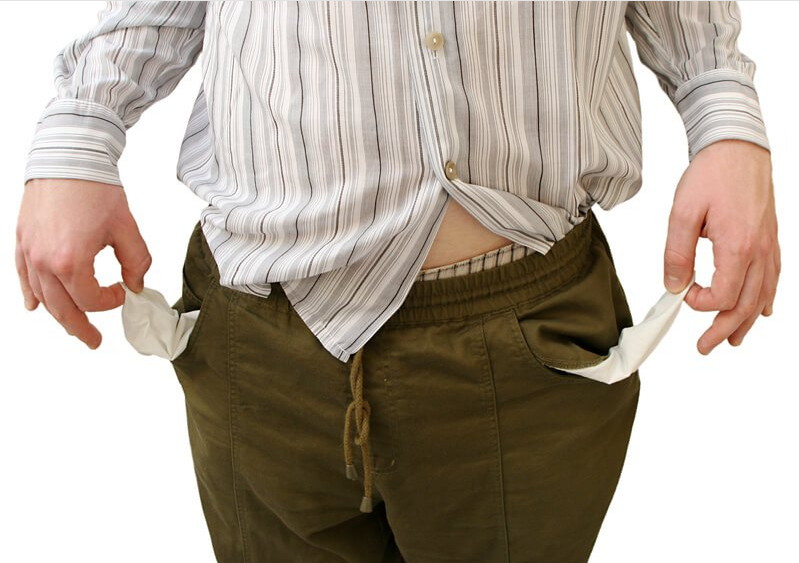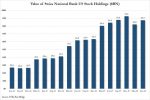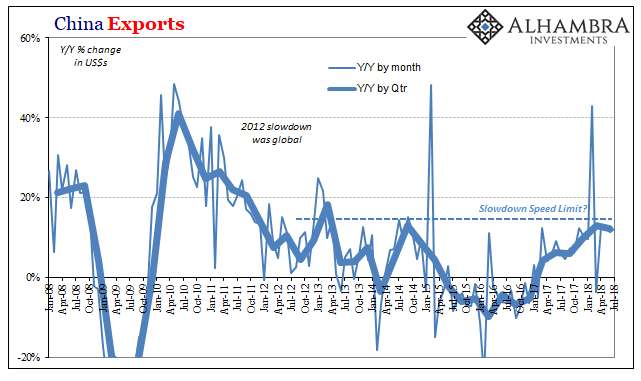A recent report classifies 570,000 people in Switzerland as poor. This number represents 7% of the population, and relates to 2015. In 2014, the same percentage was 6.6%.
The report, which looks only at income, defines as poor a single person with income less than CHF 2,239 per month or a family of four with income below CHF 3,984 per month.
Data from the survey of 7,500 households, around 17,000 people, show large differences among different groups. People over 65 (13.9%), single parents (12.5%), foreigners from outside Europe (11.7%), and those with no more than school education (10.9%) are the most likely to have incomes below these levels.
Poverty appears to be most strongly linked with living alone, nationality, education and age. Having children seems to have little impact.
Those under 65 living alone without children (12.5%) are more likely to be poor than an average solo parent (10.8%). While couples with one child (4.2%), couples with two children (3.6%) and couples with three or more children (3.5%) have some of the lowest rates.
Education has a strong inverse correlation with poverty. Those with no more than a school education (10.9%) are more than twice as likely to be poor as those with a tertiary education (5.4%).
Age and retirement appear to have the biggest impact. Of those over 65 living alone, 22.8% are defined as poor. However, the survey does not look at wealth, something that tends to rise with age. This phenomenon might explain why OFS statistics show that only 2% of retirees were unable to pay their bills on time while 9% of those aged 18 to 64 couldn’t.
Nationality also plays a part. The least affected group is foreigners from northern and western Europe (5.4%), followed by Swiss nationals (6.4%), southern europeans (8.9%), and foreigners from other countries (11.7%).
Unsurprisingly the number working in a household has a significant impact. 18.2% of households where no one works are poor, while single-income households experience a rate of 5% and those with double incomes have a poverty rate of only 2.3%.
Some parts of Switzerland have higher rates than others. Zurich (5.4%) has a far lower rate than Lake Geneva (8.0%) and Ticino (17.3%).
Full story here Are you the author? Previous post See more for Next postTags: newslettersent




































